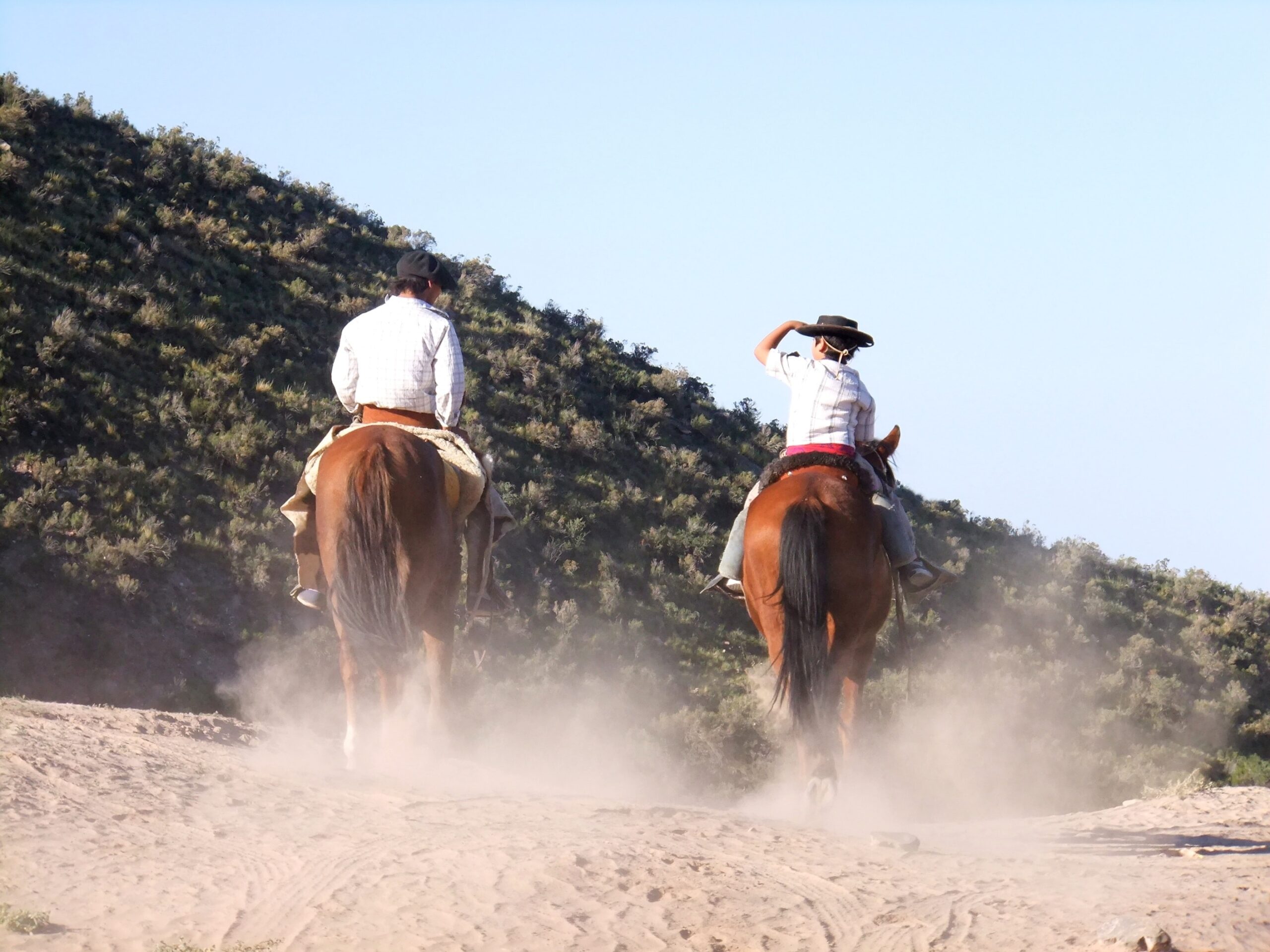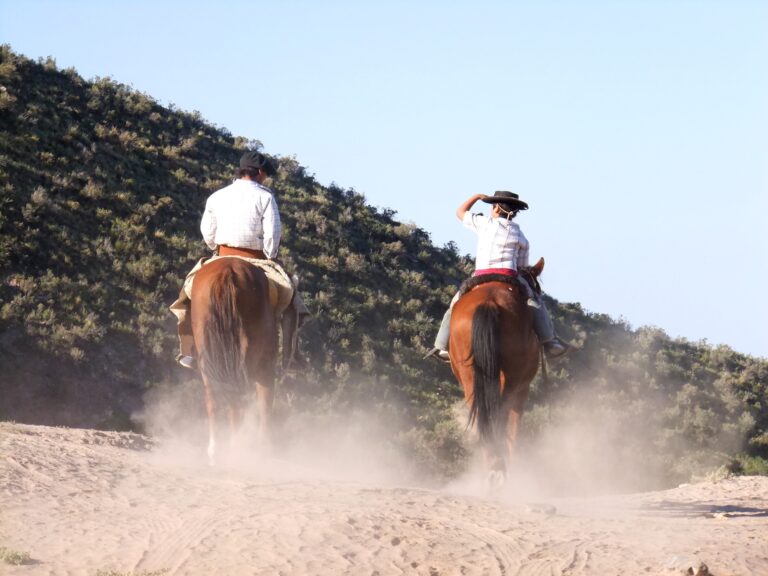
Photo credit: Photo by Luisa E on Unsplash
What do we know about Argentina? Most likely first thoughts that come to mind would probably be the dance, tango. There is definitely more to Argentina than tango. The country is located in the most southern part of South America. The Andes Mountains pass through Argentina creating a natural border between Chile.
Gauchos are what some could compare to the American cowboy.
The country boasts the largest waterfalls in the world, the Iguazu falls! Aside from the majestic nature that can be found in Argentina, and its famous, world wide known dance, there are a group of people that are iconic to the country, they are called the gaucho. Gauchos are what some could compare to the American cowboy. The gaucho are traditionally nomadic people, who chose a life on the pampas fertile lowlands instead of sprawling cities such as the capital, Buenos Aires. They are expert horseback riders, herd cattle, are good outdoorsmen, and hunters.
The gaucho’s history begins during the times of the war of Independence from Spain. Argentine patriots constantly engaged in skirmishes with the Spanish in the rural areas of Argentina. Gauchos, who are of indigenous and Spanish descent aided the patriots in the cause to gain independence. With their knowledge of the land and strong horse riding skills they provided valuable aid to the patriots. After the war they settled in the lowland pampas where they used their skills to find work. Gauchos took up odd jobs for owners of wealthy estates. They also found work mustering cattle and chasing down runaway cattle. Their signature clothes reflected the work they did, outweighing practicality over fashion. They wore bombachas, baggy trousers, which better suited for horseback riding, ponchos to keep them warm in winter, wide brimmed hats to shield them from the sun. Everywhere they went they carried a facón, a long knife, a lasso, and a leather whip. Towards the end of the 19th century the need for gauchos heavily declined. Their difficulty to find work forced many to turn to the city. Others stayed on the pampas and discovered work in tourism. Many people visiting the pampas stay on rural estates to interact with a real gaucho and learn of gaucho culture. While many work in the tourism industry, they still muster cattle, ride horses, and shear sheep.








